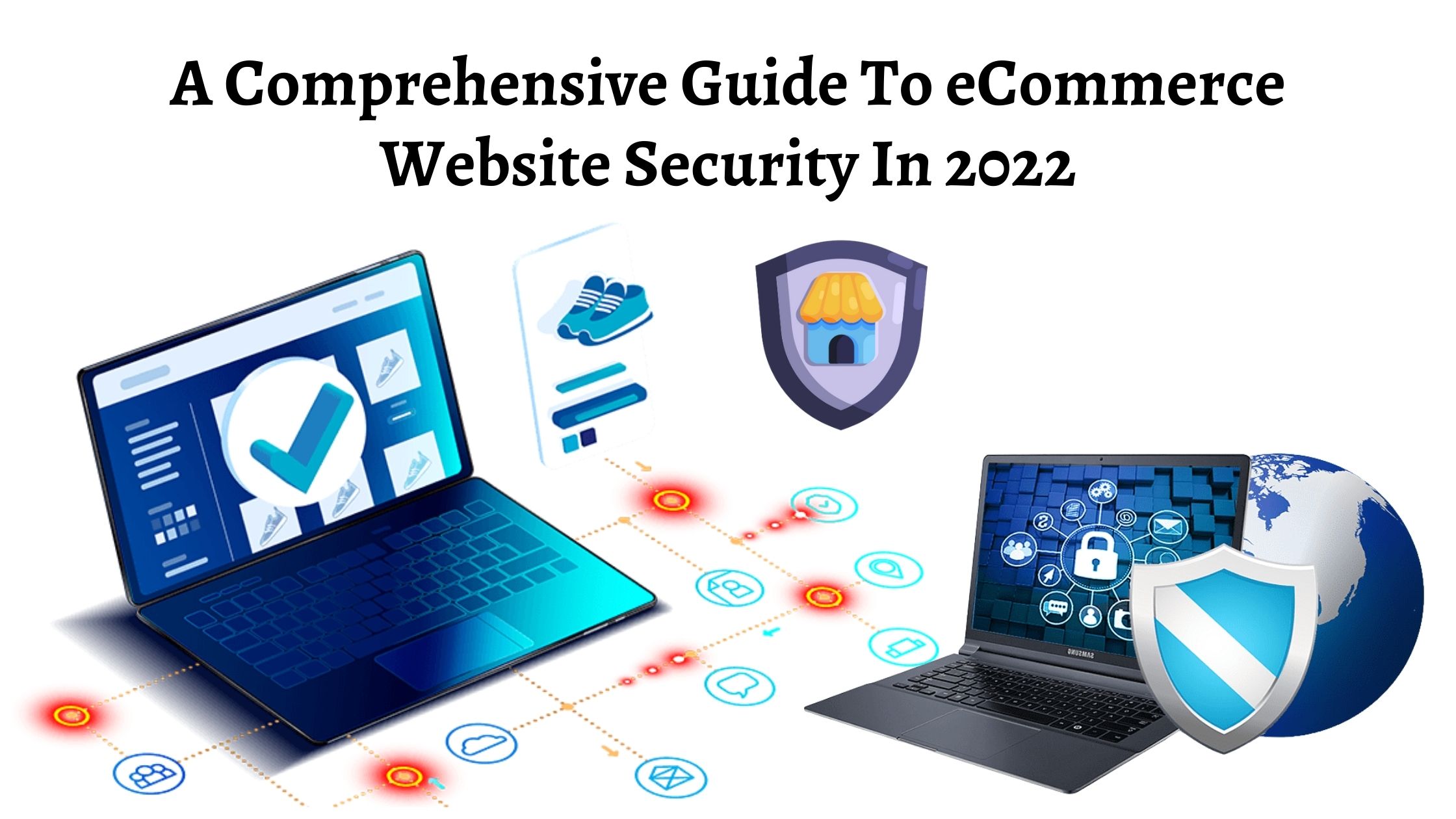Introduction
Welcome to our comprehensive guide on securing your e-commerce site! In today’s digital age, online shopping has become increasingly popular, making it essential for businesses to prioritize the security of their e-commerce platforms. With cyber threats on the rise, it is crucial to implement robust security measures to protect your customers’ sensitive information and maintain their trust. This guide will provide you with valuable insights and practical tips to ensure the safety and integrity of your e-commerce site.
1. Importance of E-commerce Security

With the increasing popularity of online shopping, it is crucial for e-commerce businesses to prioritize the security of their websites. A secure e-commerce site not only protects sensitive customer information but also builds trust and credibility among users. This comprehensive guide will provide you with essential tips and best practices to secure your e-commerce site effectively.
2. Use SSL Certificates
Implementing SSL (Secure Sockets Layer) certificates is a fundamental step in securing your e-commerce site. SSL encrypts the data transmitted between the user’s browser and your website, ensuring that sensitive information like credit card details remains confidential. Obtain an SSL certificate from a trusted certificate authority and configure your website to use HTTPS instead of HTTP.
3. Regularly Update Software and Plugins
Outdated software and plugins are vulnerable to security breaches. Keep your e-commerce platform, content management system, and all plugins up to date. Developers frequently release security patches and updates to address vulnerabilities. Regularly check for updates and apply them promptly to ensure your site remains secure.
4. Strong Password Policies
Enforce strong password policies for both your customers and administrative accounts. Encourage users to create unique, complex passwords and implement password strength indicators. Additionally, consider implementing multi-factor authentication for added security.
5. Secure Payment Gateways
Choose a reputable payment gateway provider that complies with industry standards and regulations. Ensure that the payment gateway encrypts customer payment information and follows PCI DSS (Payment Card Industry Data Security Standard) guidelines. Regularly monitor and update your payment gateway integration to maintain a secure transaction process.
6. Regular Backups
Regularly backup your e-commerce site’s data to protect against data loss due to security breaches or technical failures. Store backups in secure locations, preferably off-site or in the cloud. Test your backups periodically to ensure they can be successfully restored if needed.
7. Implement Web Application Firewalls
Web Application Firewalls (WAFs) provide an additional layer of security by filtering and blocking malicious traffic before it reaches your website. WAFs can detect and prevent.
Summary
This comprehensive guide aims to equip e-commerce site owners and administrators with the knowledge and tools necessary to enhance the security of their online platforms. It covers various aspects of e-commerce security, including:
- Understanding common cyber threats targeting e-commerce sites
- Implementing secure authentication and access control measures
- Securing payment gateways and transaction processes
- Protecting customer data through encryption and data privacy practices
- Regularly updating and patching your e-commerce software
- Monitoring and detecting potential security breaches
- Creating a disaster recovery plan
By following the recommendations outlined in this guide, you can significantly reduce the risk of security breaches, safeguard your customers’ information, and maintain a trustworthy e-commerce environment. Stay tuned for our upcoming blog check my site posts, where we will delve deeper into each topic and provide step-by-step instructions to help you implement these security measures effectively.
- Q: Why is securing my e-commerce site important?
- A: Securing your e-commerce site is crucial to protect sensitive customer information, prevent data breaches, and maintain customer trust.
- Q: What are some common security threats to e-commerce sites?
- A: Common security threats to e-commerce sites include hacking attempts, malware infections, phishing attacks, and data breaches.
- Q: How can I secure my e-commerce site against hacking attempts?
- A: To secure your e-commerce site against hacking attempts, you should regularly update your software, use strong and unique passwords, implement a web application firewall, and conduct regular security audits.
- Q: What is SSL/TLS and why is it important for e-commerce sites?
- A: SSL/TLS (Secure Sockets Layer/Transport Layer Security) is a protocol that encrypts the communication between a web server and a user’s browser. It is important for e-commerce sites as it ensures that sensitive customer data, such as credit card information, is transmitted securely.
- Q: How can I protect my customers’ payment information?
- A: To protect your customers’ payment information, you should use a secure payment gateway, implement tokenization or encryption methods, and comply with Payment Card Industry Data Security Standard (PCI DSS) requirements.
- Q: What is two-factor authentication and should I implement it?
- A: Two-factor authentication adds an extra layer of security by requiring users to provide two forms of identification before accessing their accounts. It is highly recommended to implement two-factor authentication to enhance the security of your e-commerce site.
- Q: How often should I perform security audits on my e-commerce site?
- A: It is recommended to perform security audits on your e-commerce site at least once a year. However, more frequent audits, especially after major updates or changes, are advisable.
- Q: What should I do in case of a data breach?
- A: In case of a data breach, you should immediately notify affected customers, investigate the breach to identify the cause, fix the vulnerability, and take steps to

Welcome to my website! My name is Christian Teece, and I am a professional Affiliate Marketing Manager with a passion for helping businesses succeed in the digital world. With years of experience in the industry, I have developed a deep understanding of Affiliate Marketing, Pay-Per-Click Strategies, and Web Security.
